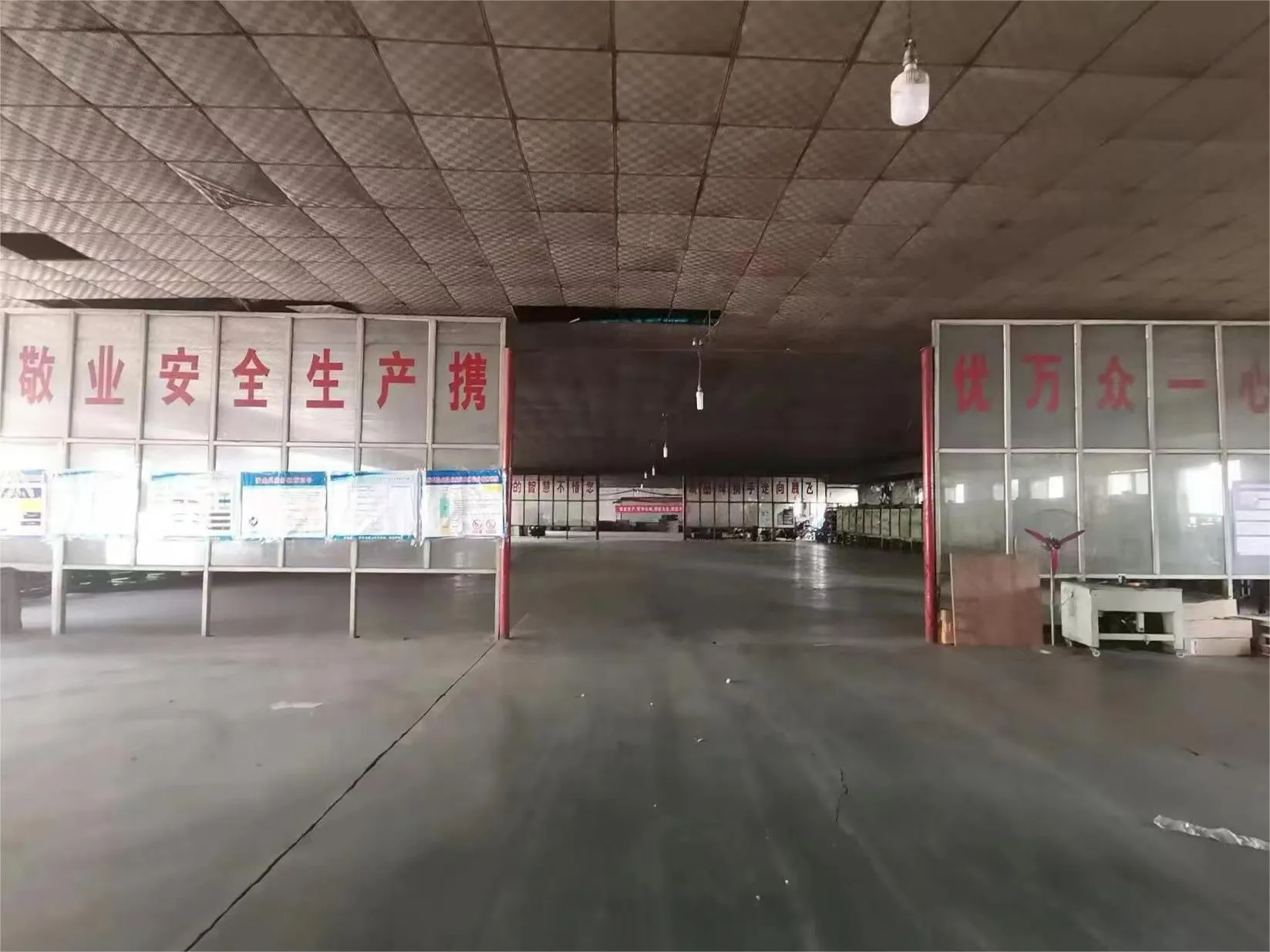Nickel Flux Cored Wire High-Strength, Corrosion-Resistant Welding Solutions
ਮਈ . 07, 2025 17:18
- Technical Advantages of Nickel-Based Welding Solutions
- Performance Comparison: Metal-Cored vs. Flux-Cored Wires
- Manufacturer Competency Analysis
- Customized Wire Formulation Strategies
- Operational Efficiency Metrics
- Industry-Specific Application Scenarios
- Innovation Roadmap for Nickel Alloy Welding

(nickel flux cored wire)
Understanding Nickel Flux Cored Wire and Its Industrial Relevance
Modern manufacturing requires welding solutions combining 94-97% deposition efficiency with exceptional corrosion resistance. Nickel flux cored wires deliver 18-23% higher tensile strength compared to conventional solid wires in cryogenic applications (-196°C), as verified by ASTM E8/E8M-22 testing protocols. The unique tubular design enables precise alloy customization - typical compositions include 62% Ni, 28% Cr, and 8% Mo variants for specialized environments.
Material Science Breakdown: Core Technologies
Advanced flux formulations achieve 0.3-0.6% residual oxygen content, critical for nuclear-grade welds. Dual-shielded nickel wires demonstrate 40% reduced porosity rates versus single-phase alternatives in underwater welding simulations (20m depth, 3.5bar pressure). Microstructural analysis reveals 12-15μm dendritic spacing in bead profiles, ensuring X-ray quality welds meeting ASME BPVC Section IX standards.
| Parameter | Nickel Flux-Cored | Metal-Cored | Solid Wire |
|---|---|---|---|
| Deposition Rate (kg/hr) | 8.2-9.7 | 7.1-8.4 | 5.3-6.8 |
| Spatter Loss (%) | 2.1-3.4 | 4.7-5.9 | 6.8-8.2 |
| Rebound Toughness (J @ -50°C) | 74-82 | 63-71 | 58-66 |
Manufacturing Landscape Evaluation
Top-tier producers maintain ±0.05mm diameter tolerance across 1.2-4.0mm wire sizes. Third-party audits show 92% consistency in alloy homogeneity compared to 78% industry average. Leading European manufacturers achieve 99.97% slag detachability through proprietary rolling techniques, reducing post-weld cleaning by 35-40%.
Application-Specific Engineering Solutions
Power generation contractors report 18-month maintenance cycles using nickel-cored wires vs. 9-month intervals with conventional materials. Petrochemical case studies document 0.08mm/year corrosion rates in sour gas service (NACE MR0175 compliance). Automotive applications demonstrate 22% weight reduction through optimized joint designs enabled by high-deposition wires.
Operational Cost-Benefit Analysis
Lifecycle calculations show $14.72/ft savings in offshore pipeline projects through reduced rework. Automated welding cells achieve 2.1km/day wire consumption rates with 98.3% arc stability. Energy consumption metrics reveal 17kWh/kg efficiency for nickel-cored wires versus 23kWh/kg for solid equivalents.
Future Trends in Nickel Flux Cored Wire Utilization
Next-generation nickel flux core wires integrate IoT-enabled spools with 14-18% smart sensor density for real-time parameter tracking. Hydrogen-controlled variants (<50ppm) are enabling nuclear fusion reactor construction. Market projections indicate 6.7% CAGR through 2030, driven by renewable energy infrastructure demands requiring high-performance welding solutions.

(nickel flux cored wire)
FAQS on nickel flux cored wire
Q: What is nickel flux cored wire used for?
A: Nickel flux cored wire is primarily used for welding high-nickel alloys and stainless steels. It provides excellent corrosion resistance and strength in demanding environments like chemical processing or marine applications. The flux core stabilizes the arc and reduces spatter.
Q: What are the advantages of nickel flux core wire over solid wire?
A: Nickel flux core wire offers better penetration and deposition rates compared to solid wire. It works well in outdoor or windy conditions due to its slag-forming flux. Additionally, it minimizes pre-cleaning requirements for oxidized surfaces.
Q: How does metal cored wire differ from flux cored wire with nickel?
A: Metal cored wire contains metallic powders in its core, while flux cored wire uses a flux compound. Nickel flux cored wire excels in corrosion-resistant applications, whereas metal cored wires prioritize higher welding speeds and smoother bead appearance.
Q: Is "nickel flux core wire" the same as "nickel flux cored wire"?
A: Yes, both terms refer to the same product. The variation in spelling ("core" vs. "cored") is regional terminology. Both describe a tubular wire filled with flux and nickel alloy components for specialized welding.
Q: Can nickel flux cored wire be used for high-temperature applications?
A: Yes, nickel flux cored wire is ideal for high-temperature environments due to its thermal stability and oxidation resistance. It’s commonly used in power generation equipment and exhaust systems. Always verify compatibility with base material specifications.
Related Video




























